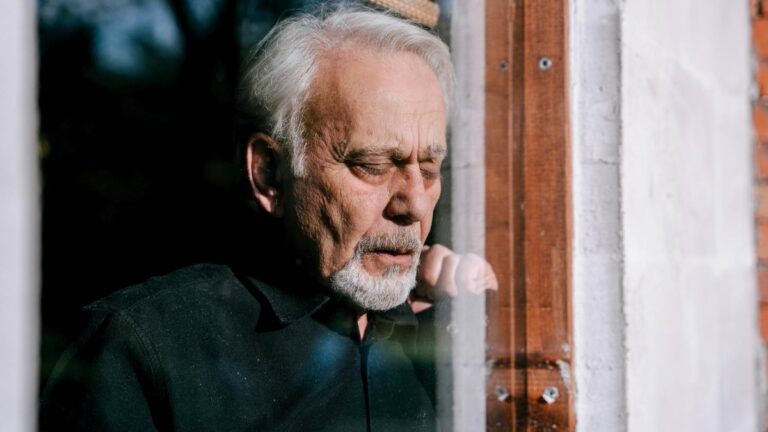The Happy Friend: Everyone Thought I Was Fine—The Truth About My OCD Journey (Must Read)

Everyone had me figured out. I was the friend who could turn any bad day around with a joke, the one who never seemed to have problems of my own. People would say, “You’re always so happy!” and I’d flash that winning smile while dying inside.
What they didn’t see were the hours spent checking locks, the raw hands from obsessive washing, or the violent thoughts that haunted my mind daily.
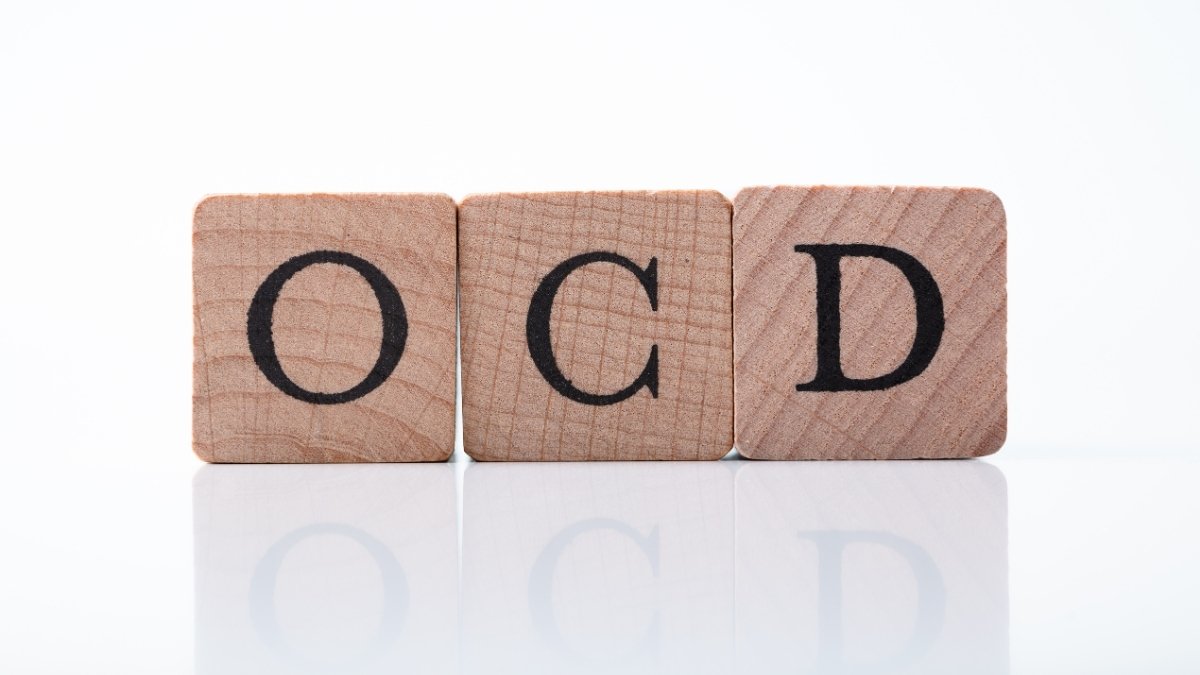
Behind my cheerful facade was a secret battle with OCD that consumed every waking moment. While I performed happiness for the world, I was trapped in exhausting rituals and plagued by intrusive thoughts that made me feel like a monster.
This is the story of how I finally dropped the mask and found real healing—not the fake happiness I’d been selling, but genuine peace.
1. The Mask: How I Became Everyone’s “Happy Friend”
Everyone knew me as the one who could brighten any room. Constant laughter and endless jokes became my armor against the world seeing what really happened inside my head. When friends called with problems, I was their go-to person for cheering up and positive energy.

Behind this cheerful facade, I was drowning in mental exhaustion. Each smile took tremendous effort to maintain, especially when my brain felt like it was on fire from intrusive thoughts and compulsions. Humor became my shield, protecting others from witnessing the internal chaos while keeping me safely hidden from judgment.
2. The Hidden Rituals: My Secret Morning Routine
Before anyone else woke up, I would begin my lengthy checking routine. Door locks needed to be tested exactly three times, followed by every light switch in the house. The coffee maker, stove, and iron all required their own specific checking sequences. What should have been a 10-minute morning became a 90-minute ordeal.

Numbers ruled my life in ways nobody suspected. Everything had to be done in sets of three, seven, or nine. If I touched something once, I needed to complete the pattern or start my entire day over. These rituals consumed hours daily, making me chronically late while I scrambled to create believable excuses for my delays.
3. Contamination Fears: The Hand-Washing Habit Nobody Saw
My hands became raw from constant washing, yet I couldn’t stop the compulsion. Public restrooms terrified me, but even worse was touching anything afterward. Door handles, restaurant menus, and shared office supplies all seemed to carry invisible threats that only I could see.

The mental calculations never stopped. Had I touched my face after opening that door? Was my phone now contaminated from being in my pocket? Each interaction with the world required a complex risk assessment that exhausted my brain. Friends never noticed how I avoided handshakes or how I always carried my own pen.
4. Intrusive Thoughts: The Horror Movie Playing in My Head
Violent images would flash through my mind without warning, usually featuring people I loved most. These thoughts felt so real and disturbing that I believed having them made me a dangerous person. The content was so shocking that I couldn’t imagine sharing it with anyone.
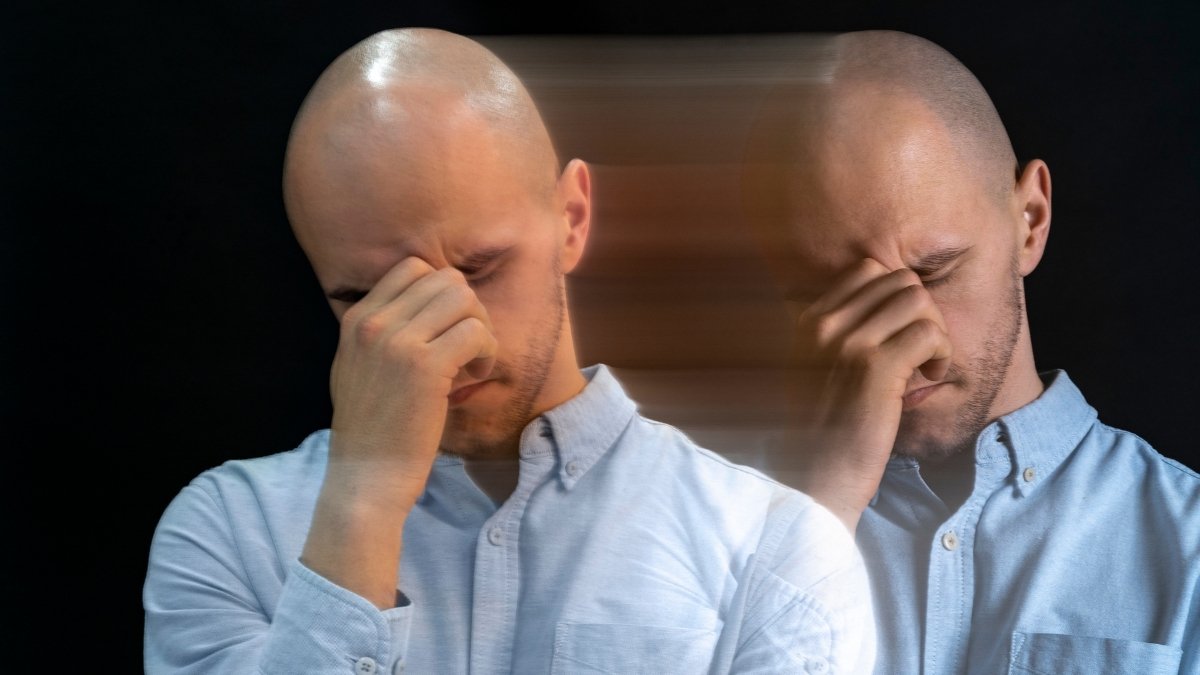
My brain convinced me that thinking something terrible meant I wanted it to happen. This thinking trap, called thought-action fusion, made me feel like a monster hiding among normal people. The shame was overwhelming, and I developed elaborate mental rituals to “cancel out” bad thoughts, which only made them stronger and more frequent.
5. The Prison of Standards: When Good Enough Wasn’t an Option
Everything had to feel exactly right, or I couldn’t move forward. My desk had to be arranged with precise symmetry, books lined up at exact angles, and pens placed in specific patterns. A single misaligned object would send me into a spiral of rearranging that could last hours. Writing became torture because paragraphs needed to be rewritten until they achieved an impossible standard of correctness.
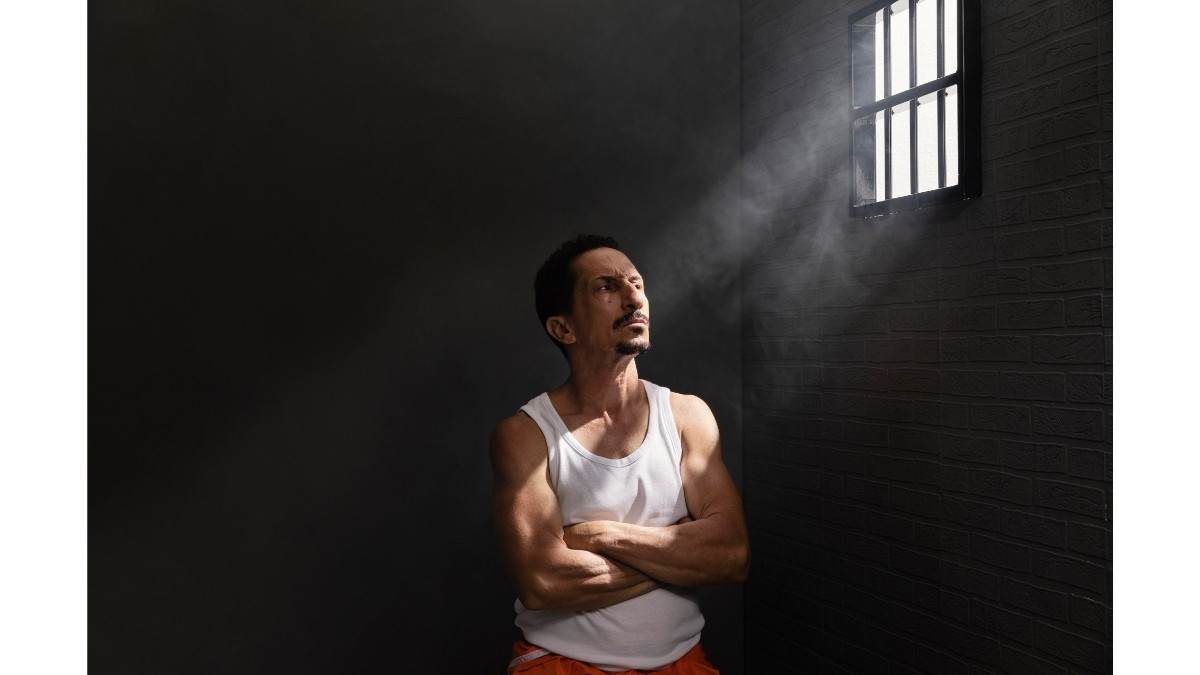
Tasks that should have taken minutes stretched into hours of redoing and checking. Emails sat in my drafts folder for days while I obsessed over word choice and punctuation. The fear of making mistakes paralyzed me completely, turning simple decisions into overwhelming ordeals that left me mentally drained and behind on everything.
6. Social Camouflage: Hiding Compulsions in Plain Sight
Checking door locks became casual hand gestures as I walked by. Light switches got tested while I pretended to adjust the brightness for reading. These behaviors looked normal to others, but inside I was completing complex mental checklists that determined whether I could relax or needed to start the sequence again.
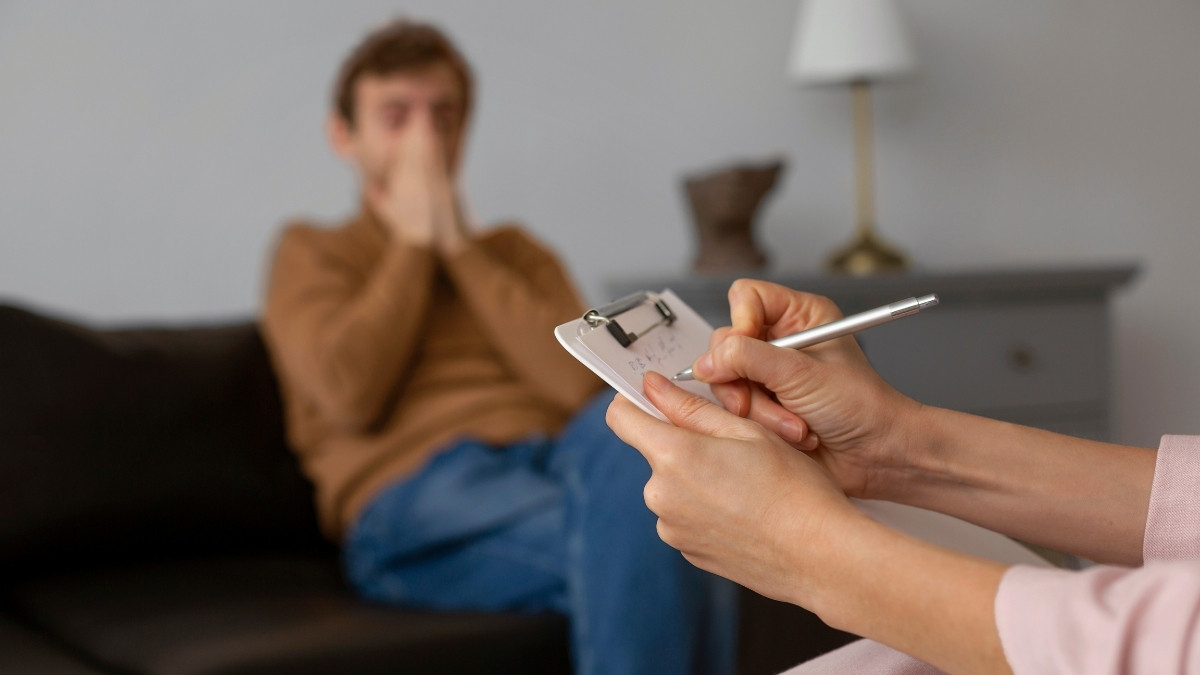
Creative excuses flowed easily when friends asked why I was always running late. Traffic, work emergencies, or sudden phone calls masked the real reason I spent extra time completing morning rituals. The constant fear of discovery made social situations exhausting, as I had to monitor my behavior while appearing carefree and spontaneous.
7. The Exhaustion Behind the Smile: Physical and Mental Toll
Sleep became elusive as bedtime rituals expanded to include checking every door, window, and appliance multiple times. My brain refused to shut down, replaying the day’s events and scanning for anything I might have done wrong. Three hours of sleep became normal, leaving me physically drained but unable to explain my constant fatigue to concerned friends.

Chronic anxiety manifested in headaches, stomach problems, and muscle tension that never fully released. My hands shook from exhaustion and stress, but I blamed it on too much coffee. The mental vigilance required to maintain my happy facade while battling internal chaos left me feeling like I was running a marathon every single day.
8. Relationship Strain: How OCD Affected My Connections
Dinner invitations became sources of dread because restaurant bathrooms triggered contamination fears. Movies had to be avoided if they contained violent content that might fuel intrusive thoughts. Friends started noticing my strange avoidance patterns, though they couldn’t understand the real reasons behind my declining social participation.

Romantic relationships suffered the most because intimacy required vulnerability I couldn’t risk. How could I explain that I needed to wash my hands before and after every kiss?
The loneliness of keeping such enormous secrets from people I loved created an invisible wall between us. Close friendships became surface level as I redirected conversations away from topics that might expose my struggles.
9. The Breaking Point: When I Couldn’t Pretend Anymore
A simple family dinner became the moment everything collapsed. My sister asked me to help serve dessert, but I couldn’t touch the plates without washing my hands first. When she questioned why I needed to wash them again, I broke down completely. The carefully constructed happy facade crumbled as I sobbed uncontrollably at the kitchen sink.

That night, I realized I had become a prisoner in my own mind. My rituals had grown so extensive that I was spending more time completing them than actually living. The exhaustion of maintaining my cheerful mask while battling internal chaos had reached a breaking point.
Fear of judgment kept me silent for years, but the fear of living this way forever finally outweighed everything else. Making that first phone call to a therapist required every ounce of courage I possessed.
10. Seeking Help: My Journey to Diagnosis and Treatment
Finding the right therapist took three attempts and countless frustrated tears. The first two didn’t understand OCD beyond basic stereotypes about cleanliness and organization. Dr. Martinez changed everything when she immediately recognized my symptoms and explained that I wasn’t losing my mind. Her calm demeanor and extensive knowledge about OCD made me feel heard for the first time in years.

Learning about Exposure and Response Prevention therapy felt terrifying yet hopeful. The concept of deliberately facing my fears without performing compulsions seemed impossible at first. She explained how my brain had created false alarm systems that needed retraining through gradual exposure.
Having a name for my struggles brought tremendous relief, but also fear about the difficult work ahead. The psychiatrist she referred me to discussed medication options that could help reduce the intensity of my symptoms during therapy.
11. Recovery Reality: The Ups and Downs of Healing
Medication trials became a months-long experiment of side effects and dosage adjustments. The first antidepressant made me feel like a zombie, while the second caused unbearable nausea. Finding the right combination required patience and constant communication with my doctor. Some days I felt hopeful about progress, while others brought setbacks that made me question whether recovery was possible.

Therapy sessions brought breakthrough moments followed by weeks of struggling with the same compulsions. ERP exercises started small, like touching a doorknob without washing my hands immediately. Each success built confidence, but anxiety would spike when facing bigger challenges.
Learning to sit with uncertainty became the hardest skill to master. My brain constantly demanded certainty and control, but healing required accepting that some things would always remain unknown. Progress came in waves rather than straight lines, teaching me that recovery isn’t about elimination but management.
12. Finding My Authentic Self: Life After Dropping the Mask
Real happiness feels completely different from the performative joy I displayed for years. Instead of forcing constant positivity, I learned to experience genuine emotions without judgment. Bad days no longer require elaborate cover-ups or forced smiles. My friends and family appreciate my authentic self more than the exhausting entertainer I used to be.

Supporting others with OCD has become a meaningful part of my healing journey. When someone shares their struggles, I can offer hope from lived experience rather than empty platitudes. Online support groups connected me with people who understood the unique challenges of this condition. Sharing my story helps break down stigma while reminding me how far I’ve come.
The journey toward self-acceptance continues daily, but I no longer have to walk it alone. Recovery isn’t a destination but an ongoing process of choosing courage over comfort, authenticity over approval, and growth over staying safe in familiar patterns.
Lastly,
The person everyone called “the happy friend” was slowly dying behind her smile, trapped in a prison of rituals and terrifying thoughts that nobody could see. Breaking free required shattering the facade that kept me safe but also kept me suffering in silence.
Recovery isn’t about becoming the person you used to be before OCD—it’s about discovering who you really are when you’re not performing for everyone else. Today, my happiness comes from authenticity rather than exhaustion, and my struggles have become the foundation for genuine connections with others.
If you’re reading this while hiding behind your own mask, know that the courage to reach out is already inside you. Your story doesn’t have to end with pretending—it can begin with the truth.




